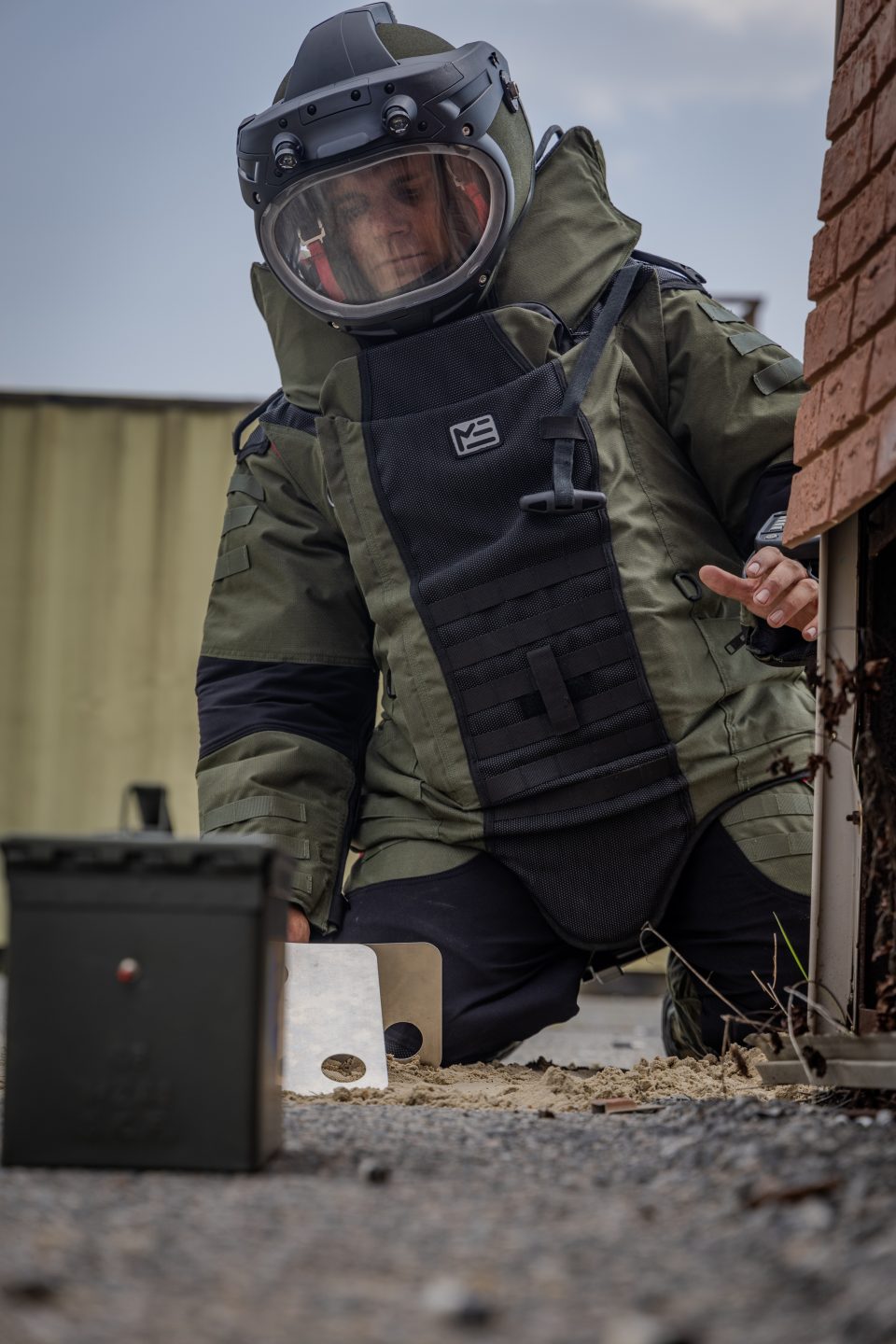Salivary C-reactive protein exhibits a diurnal pattern and relates to biobehavioral health in military men
Hernández, LM et al. 2024 Brain, Behavior, and Immunity
It appears that your browser may be outdated and performance may be limited. The My Study builder is best viewed with the latest internet browsers. However, if you’d prefer to use our standard form, you can access it below.
Salivary C-reactive protein exhibits a diurnal pattern and relates to biobehavioral health in military men
Hernández, LM et al. 2024 Brain, Behavior, and Immunity

“We describe the daily rhythm of salivary C-reactive protein (sCRP) in US Navy Explosive Ordnance Disposal (EOD) technicians whose mission is to neutralize all types of explosives. We found that a sharp decline in salivary CRP after awakening may be associated with health. Our results have implications for using sCRP as a marker of dysfunction. This work was supported by the Defense Health Agency, and the authors wish to express our gratitude to all US Navy EOD technicians for their selfless service.” – Lisa M. Hernández, MS, TSAC-F®
ABSTRACT: C-reactive protein is a systemic inflammatory biomarker that is positively associated with the development of disease. Salivary C-reactive protein (sCRP) has previously been reported to have a diurnal rhythm with higher levels upon awakening and lower levels thereafter. The aims of this study were to evaluate the stability of sCRP across two days, characterize the daily sCRP pattern, compute morning sCRP parameters, and evaluate associations with biobehavioral health in US Navy Explosive Ordnance Disposal (EOD) technicians. Seventy male EOD technicians (age = 34.9 ± 6.5 years) participated in this study, which included a tablet-based survey, measures of health and fitness, and saliva collection. In a free-living setting, participants self-collected saliva on 2 consecutive days at WAKE, WAKE+30, WAKE+60, 4p.m., and 9p.m., for a total of 10 samples. Parameters (e.g., area under the curve) were computed to characterize the morning sCRP magnitude and pattern. Pearson product-moment correlation analyses were used to assess the stability of sCRP samples and parameters across the study period and to examine associations with biobehavioral health. Average sCRP concentrations for the 2-day period were evaluated using an analysis of variance with repeated measures. The stabilities between corresponding time points on Days 1 and 2 were very high (rs = 0.87–.94, all ps ≤ 0.001). sCRP concentrations were highest at WAKE, decreased by 73.6 % at WAKE+30, and then plateaued for the rest of the day. Parameter stabilities were good to excellent (rs = 0.77–.98, all ps ≤ 0.001). We also observed associations between sCRP parameters, self-reported health behaviors, and objective measures of health and fitness. In this study of a military population, we characterized sCRP as diurnal with robust stability across 2 consecutive days, which demonstrates the feasibility of sCRP as a biomarker. These results have significant implications for study methodology and for using sCRP as a marker of dysfunction or disease.
Keywords: C-reactive protein, Health status, Inflammation mediators, Military personnel, Saliva

(U.S. Navy photo by Mass Communications Specialist 2nd Class Jackson Adkins). Photo ID: 8602899 VIRIN: 240815-N-TL968-1012 The appearance of U.S. Department of Defense visual information does not imply or constitute DoD endorsement.
*Note: Salimetrics provides this information for research use only (RUO). Information is not provided to promote off-label use of medical devices. Please consult the full-text article.
 Contact: Salimetrics (USA)
Contact: Salimetrics (USA)
Experts in Saliva & Dried Blood Spot Testing for Research
The best science for your study
OR CALL 800.790.2258
X